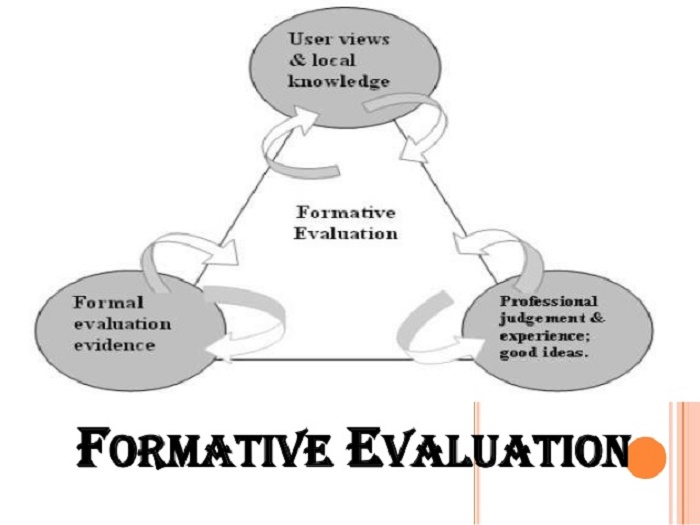Today I want to share with you in this post a term intimately linked to evaluation. It is about the formative evaluation, an expression that for a time, this part is being worked in an increasingly conscious way in the classrooms. It is intimately linked to competency evaluation or competences.
Do you want to know what the formative evaluation consists of? Do you want to discover what relationship does it have with the learning process and the competences of the students? If so, I will be happy to be with you in reading this article. So, without further delay, we set sail …
What is formative evaluation?
Formative evaluation refers to all those activities carried out by teachers and students when they evaluate themselves. It provides information that can be used to review and modify the teaching and learning activities with which they are committed. Read also: How to manage time for studies?

Traditional perspective
From a traditional point of view, it has tended to understand the formative evaluation as that focused on identifying the mistakes of the students. Thus, the regulation of this type of assessment focuses on:
The rectification of errors from the performance of more exercises or tasks of a specific learning
This vision has caused that frequently, the formative evaluation is related to tests or conventional exams that the teacher corrects and scores. The scheme would be the following:
- Explanation of the teacher.
- Realization of exercises.
- Test or qualifying exam (e.g., from 0 to 10).
- In case of not passing the test or exam, more exercises similar to those of step 2 are carried out.
The formative evaluation from a cognitivist vision
If we approach the concept of formative evaluation from a cognitivist perspective, we will see how it focuses on the understanding of the cognitive functioning of the student before the tasks that are proposed. Therefore, in the words of Neus Sanmartí, what is involved in this evaluating vision is
I understand why a student does not follow a concept or does not know how to perform a specific task.
This view is what gives us to understand that there is a greater interest in the procedures than the result itself. In this vision, the feedback that the teacher provides the student with becomes essential because the tasks are returned with enriching comments, but also affecting the successes.
What is achieved with this cognitive vision of formative evaluation?
What is achieved mainly is that teachers can design strategies that are not based on repetition and focus almost exclusively on specific learning difficulty? Do they focus on feedback rather than repetition? And this is demonstrated in large part when a student is given a test with only one note. What kind of improvement can there be with this single note?
On the other hand, when there is a return of a test or task in which enriching comments appear of what has been done well and what can be improved, the student’s predisposition for change is noticeably higher.
What are three great moments identified in the teaching process?
1. The initial evaluation. Its purpose is to analyze the situation of each student before starting a specific teaching-learning process. This evaluation allows the teacher and the student to become aware of what the starting point is and how to adapt the contents based on the detected needs.
2. Evaluation while you are learning. It is considered the most critical assessment of learning outcomes. In this evaluation, the highest value is to make the student able to detect their difficulties, understand them, and self-regulate them. Therefore, insists more on the process than on the result.
3. The final evaluation. This evaluation is aimed at helping students recognize what they have learned, as well as being aware of the differences between the starting point and the arrival point of content.
Conclusion
Formative evaluation is an evaluation modality that takes place during the teaching-learning process and whose purpose is to detect the difficulties, but also the progress of the students. It is precisely those difficulties and development that allow teachers to adapt their educational process to the needs of their students. That’s where its regulatory purpose comes from.


